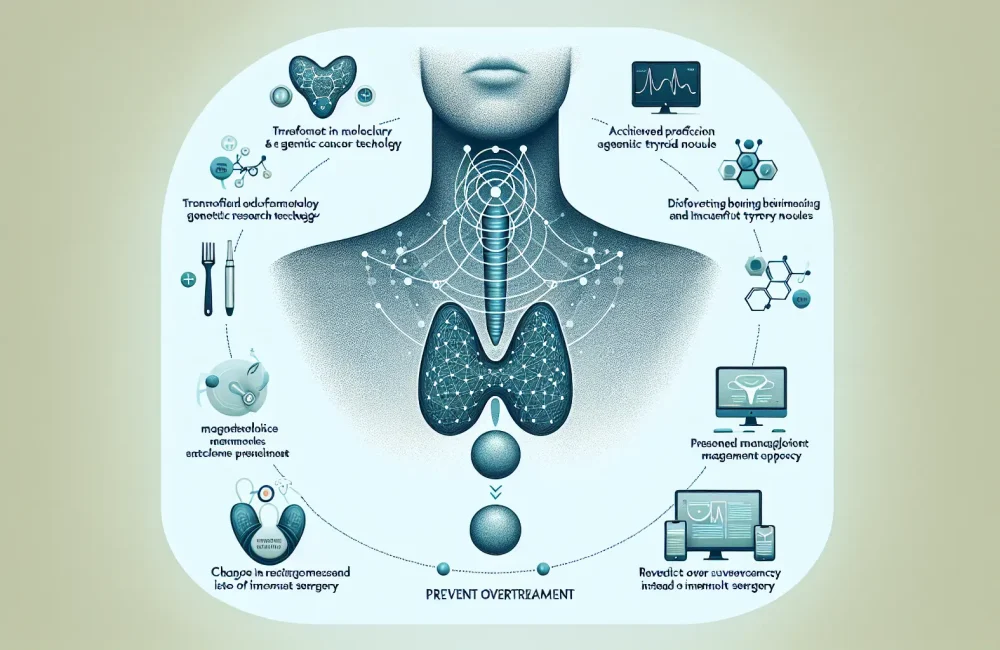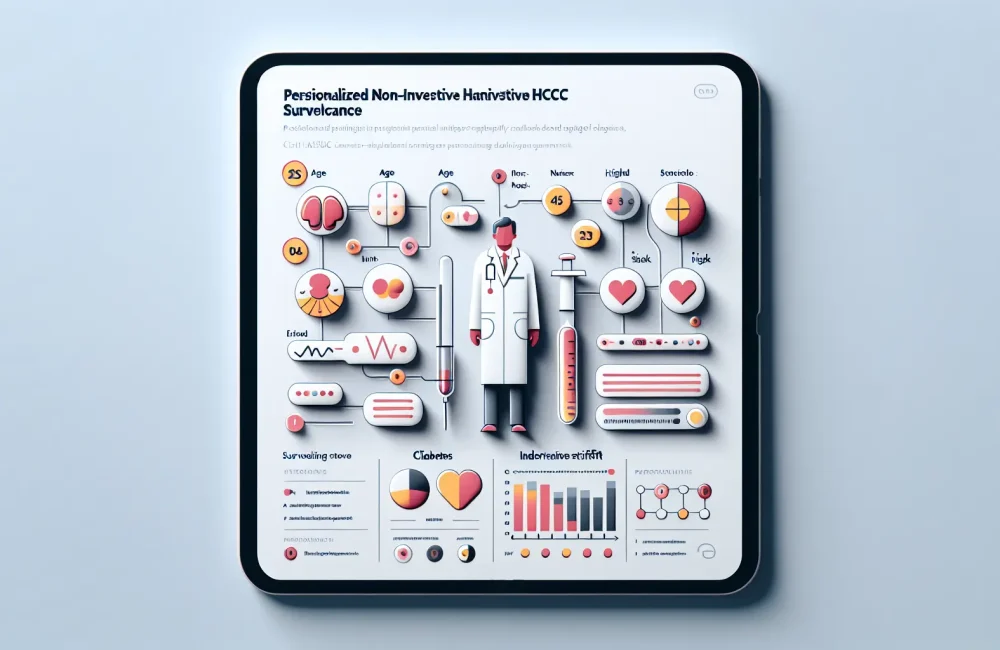By CAFMI AI From npj Genomic Medicine (Open Access)
Identifying a Novel Genetic Cause of Lynch Syndrome in an Ecuadorian Family
Lynch Syndrome (LS) represents a significant hereditary cancer risk, primarily linked to mutations in mismatch repair (MMR) genes, such as MLH1, which lead to an increased propensity for colorectal and other cancers. Traditionally, genetic diagnosis focuses on detecting small mutations like point mutations or small insertions and deletions using standard gene sequencing methods. However, this approach may miss more complex genetic alterations, contributing to cases where families show clinical signs of LS but lack identifiable mutations by routine testing. In this context, the study highlights a unique Ecuadorian family exhibiting LS features but testing negative for pathogenic variants through conventional genetic tools. By employing advanced techniques such as whole-genome sequencing combined with optical genome mapping, the researchers uncovered a large, previously undetectable germline structural variant in the MLH1 gene. This variant involves a significant deletion spanning multiple exons, functionally disrupting the gene and providing a genetic explanation for the disease phenotype in this family. Validation through segregation studies and tumor immunohistochemistry demonstrated loss of MLH1 protein expression, confirming the variant’s pathogenic status. This discovery presents a pivotal advancement in understanding LS genetics, especially for populations underrepresented in genomic research, where standard diagnostics may fail to capture complex genetic changes.
Clinical Implications and Diagnostic Challenges of Structural Variants in Lynch Syndrome
The elucidation of a large germline structural variant in MLH1 as the cause of Lynch Syndrome in this Ecuadorian family bears significant clinical and diagnostic implications. First, it stresses the limitations of current standard genetic testing approaches that predominantly focus on small-scale mutations, potentially overlooking structural variants that can have equally detrimental effects on gene function. For healthcare professionals, especially in primary care and oncology settings, this underlines the necessity to consider advanced genomic testing modalities for patients with a strong family history and clinical features of LS but negative routine testing results. Comprehensive genomic approaches, including whole-genome sequencing and optical mapping, are essential tools to identify these large structural changes, which may represent a hidden fraction of LS diagnoses. Clinically, recognizing such variants allows for more accurate risk stratification, targeted surveillance, and personalized management plans tailored to the mutation detected. This is vital for populations with limited access to broad genetic screening resources or where existing databases inadequately represent their genetic diversity, as seen in Ecuador and many other underrepresented groups.
Broader Context, Counseling, and Future Directions in Lynch Syndrome Management
Beyond diagnostic refinement, this study provides important insights into genetic counseling and healthcare delivery in hereditary cancer syndromes like Lynch Syndrome. The discovery of a novel structural variant in an underserved population highlights disparities in genetic data representation and the critical need to expand inclusive genomic research efforts globally. Counselors and clinicians must be aware of the potential for structural variants to explain LS cases previously labeled as unexplained, helping families understand inheritance patterns, cancer risks, and implications for relatives. Counseling should emphasize the benefits of comprehensive genomic testing to clarify diagnosis and guide informed decisions on surveillance and preventive measures. Follow-up clinical workflows must integrate new genomic findings to ensure at-risk family members receive ongoing appropriate care. Additionally, this case supports advocacy for improved genetic testing accessibility and the development of guidelines that incorporate structural variant detection in LS diagnostics. Such progress could translate into better patient outcomes through early diagnosis and personalized cancer prevention strategies, especially in diverse populations traditionally underserved in genetic medicine.
Read The Original Publication Here






